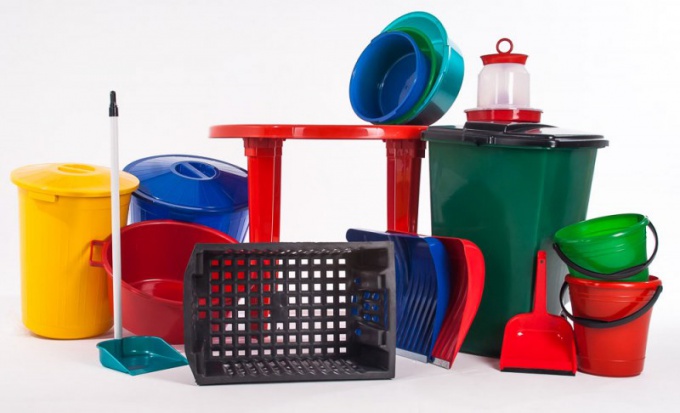What kind of material is plastic
Plastic, it is plastic, is organic material, which are synthetic or natural high-molecular compounds, so-called polymers. Especially wide application in the production of got plastic on the basis of synthetic polymers.
The name of this material implies that under the influence of heat and pressure it can take a given shape and store it after cooling or curing. In fact, the process of manufacture of plastics represents the transition of the material from viscous to solid state.
The history of plastic
The history of plastic begins in 1855. It was received by English Metallurgist and inventor, Alexander Parkes named parkesine. A little later she had another name - the celluloid.
The development of plastics as materials started with the use of natural components, possessing good ductility, chewing gum and shellac. A little later began to be used chemically modified natural materials - rubber, nitrocellulose, collagen and galalith. As a result, their production has come to the use of fully synthetic molecules, bakelite, epoxy, polyvinyl chloride and polyethylene.
For a long time parkesine was the brand name of the first artificial plastic was made from cellulose treated with nitric acid and solvent. In the second half of the 19th century it was often called faux ivory.
In 1866, the year Alexander Parkes created my own firm, involved in the mass production of parkesine. But after two years she broke, as Parkes tried to reduce costs of production, and it's detrimental impact on the quality of the final products.
Successors parkesine steel xylonite, which was produced by Daniel Spillum, a former employee of the parks and celluloid, produced by John Wesley Hyatt.
The origins of misconceptions
Plastic and plastic — the same material. And the difference between them comes down only to the point of view of the Russian language. "Plastic" is the short name for plastic, but due to the nature of the advertising of the filing of this words it has become associated in the consumer with high quality and reliability. Moreover, thanks to the competent advertising formed the opinion that plastic products are manufactured exclusively in Japan. Plastic was considered a product of poor quality, fragile, brittle and even harmful, if it was made in China or third world countries.
The way of presenting information about plastic affects only the perception of the consumer – positive or negative - but not on the quality of this material.
